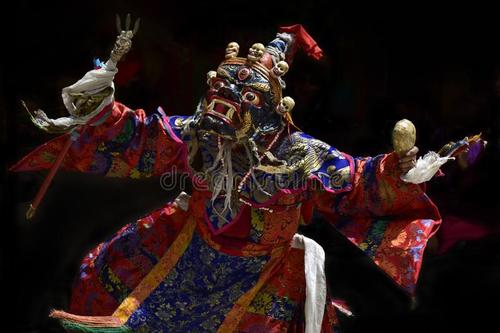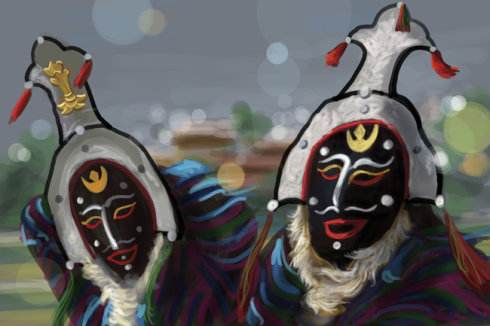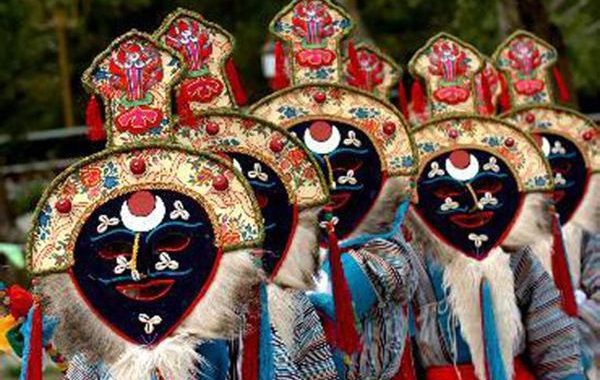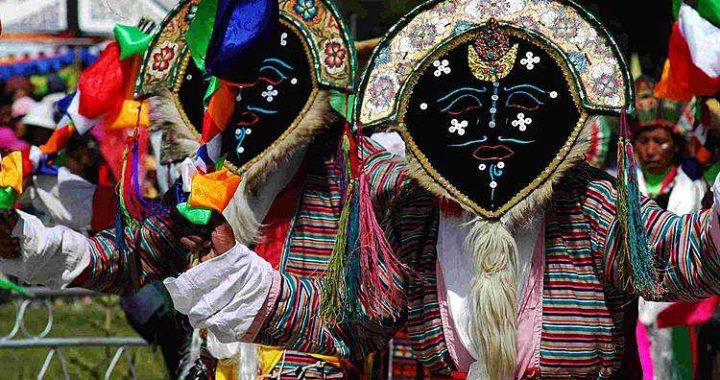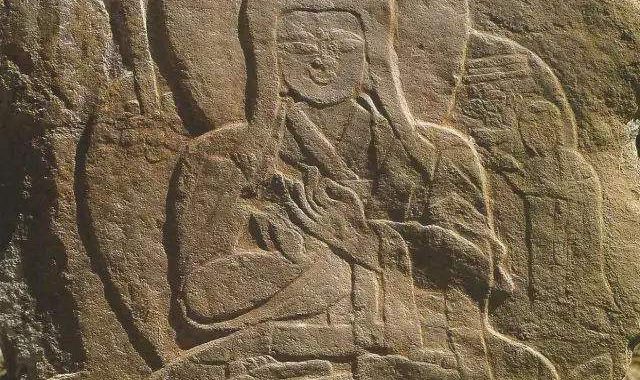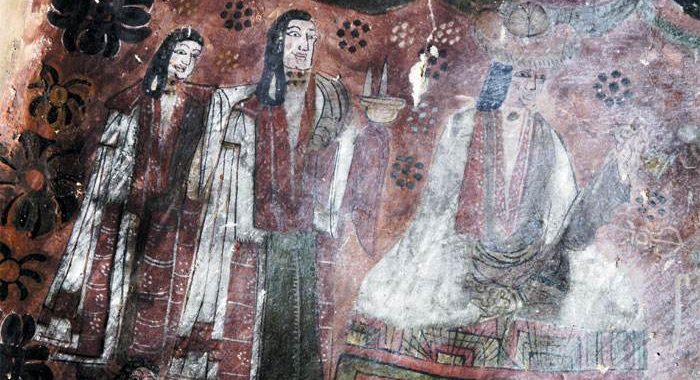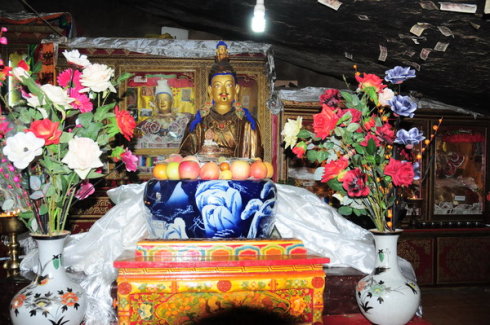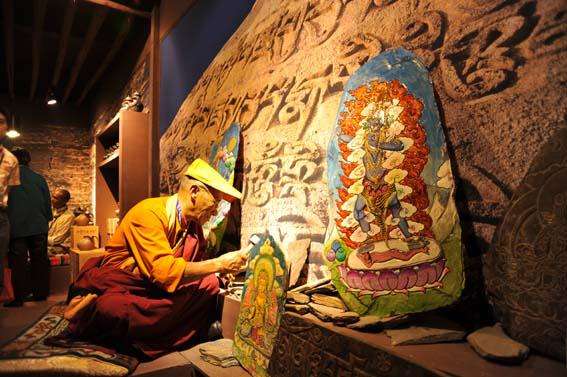Tibetan primitive worship and beliefs
4 min readOriginating from primitive worship and beliefs, Tibetan sorcery manifested itself in various patterns, mainly through the worship and belief of the nature god and dead people’s souls.
· Mountain worship
Mountains can be found everywhere in Tibet and gods and spirits were symbolized by the mighty ones.
There were many famous deities-four Mountain gods, four Nian(year gods, nine Nian (year) gods responsible for creating the world,13 aboriginal Nian(year) gods of Tibet, and many more. These gods had companions as well as satellite-pair deities. Machen pomra, head of Four Kings of Nian gods, or Amnye Machen, was the King of War god and lordof lands of Yanchan and Maria, the external form of Dge-dsnyen phing dkar da as well as one of the specific Dharma protectors in Ganden monastery, one of Lhasa’s three main temples. Dorjecham one of the 12 Land Mothers, or Namtso Lake god, was his senior Shastras’ satellite-pair and Valiant Nine Princes and Virtuous Nine princesses were their children.

There were four female companion deities: Sidanma in the East, Sigyanma in the South, Pachema in the West, and Sidanma in the North, and they all had their own children. In addition, companion deities included 360 Mah brothers and 100,000 Mamian, satellite-pair deities of Mah brothers.
Mani piles, or stone mounds, are visible along most mountain passes in Tibetan areas, and nearly everywhere in towns and villages. White stones, signifying divinity, are placed on Tibetan house roofs or lintels.
Tibetans worship and consecrate these stones as symbols of “mountain gods.”
Water worship
The Qinghai-Tibetan Plateau not only boasts of numerous mountains but also well-known alpine lakes. The ancestors of Tibetans attached great importance to the worship of water with particular characteristics. Initially,”the Water God image”wasn’t recognized and water was attached to “God”or”Land Mother.”These lakes were considered holy or sacred lakes and water was believed to be sweet dew bestowed by God, Land Mother or Naga Girl. Water from the lakes was reputed to have healing properties when consumed, hence promoting health and refreshment. Bathing in the lake would wash away physical dirt and internal turmoil. However, defiled by demons, some holy lakes became haunted. People whose reflections were seen in Zarb Qong Cuo in Qiangtang would be struck by illness.A small lake beside the holy “Lake Manasarovar,”the queen of lakes, which was linked to “Kangrinboqe,”the king of holy mountains, was considered to be one such lake.

Similarities were drawn between the worship of water and mountains.
During the Tubo Kingdom period,a water god image was created forthese holy water bodies, namely, the “Naga”in “Black and White Ten Thousand Naga Ching.”Without clear and specific images, Tibetan Naga images even took the shape of aquatic animals, such as fish, frogs and snakes. The Naga could not only command rainfall, but also manage miscellaneous affairs, including disease and famine prevention among other things.
· Worship of the soul
In addition to worshiping natural objects, Tibetans’ ancestors also revered fire. With the rise in productivity, primitive religious concepts were presented in new forms on the basis of nature worship -soul worship, ancestor worship and hero worship.
Soul worship could be embodied in two aspects. On the one hand, human beings were considered to have bodies and souls, and the latter could leave bodies and be more powerful compared to the living. On the other, souls separated from bodies could dwell in animals and inanimate objects, such as cattle, bees, trees, arrows and mountains. It was said thatas long as a soul found sustenance, its life was secure and safeguarded.
Animals or objects repossessed by human souls could wield supernatural powers.”King Gesar,”according to the Tibetan epic, presents many examples.

The immortality of the soul was another manifestation of soul worship. After death, the soul leaves the body, and this dissociative-like soul could become a deity or a ghost. The deity here was different from the god of metempsychosis in Buddhism, or the god of Bon religion, referring to tribal heroes after death. For hunting and security purposes, tribes selected strong and courageous members as leaders. Tribal ancestors were respected and missed after they had died, and thus were worshiped as deities, which was analagous to the patron saint of Buddhism, which germinated from hero worship among Tibetan ancestors. Some souls became”ghosts”after death. When alive, these “ghosts”often threatened or violated people’s lives and would continue to be harmful after death. These”ghosts”were sacrificed and consecrated souls, and wizards would be invited to drive them away when sacrifice and consecration didn’t work.
